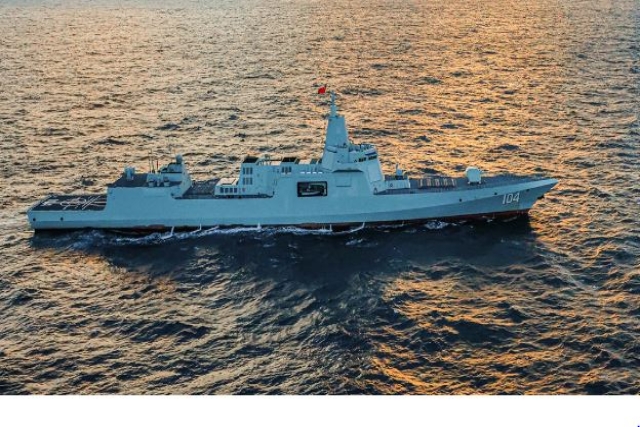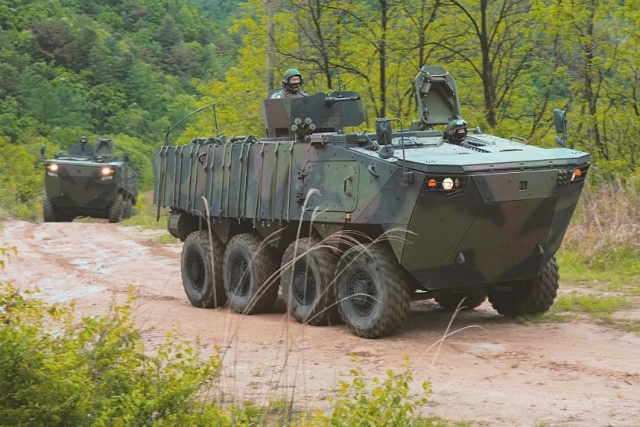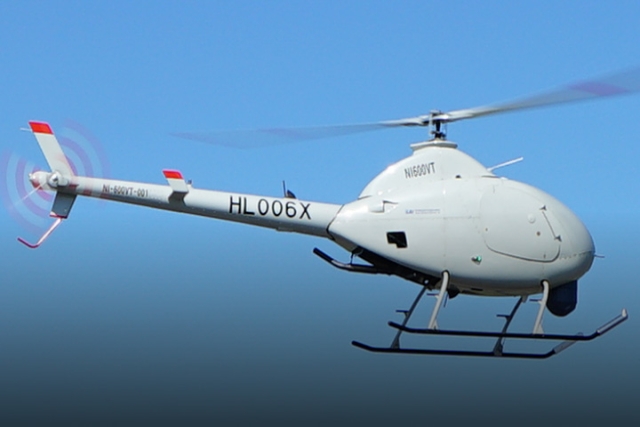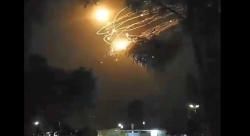China Defends Against Low, Slow, and Small Aerial Threats in Recent Maritime Exercise
Loitering munitions, characterized by their low, slow, and small nature, pose challenges in modern warfare due to limited visibility to traditional radars, difficulties in the maritime environment, and participation in recent conflicts

In a recent maritime exercise, warships of the Chinese People's Liberation Army (PLA) Navy demonstrated their capabilities in countering low, slow, and small aerial targets, such as drones and loitering munitions.
According to China Central Television (CCTV) reports on Wednesday, a destroyer detachment affiliated with the PLA Southern Theater Command orchestrated the drill, incorporating various types of warships, including a Type 055 large destroyer and a Type 052D destroyer. The exercise, the first of the year, utilized the latest scientific research achievements and encompassed combat-oriented special exercises, live-fire gun shooting, formation maneuvering, and maritime replenishment.
Upon reaching the designated mission area, the radar system on board the Type 055 large destroyer Yan'an detected multiple waves of low and slow-flying targets. The warships swiftly coordinated, changed positions, formed an air defense formation, and successfully neutralized the incoming threats using close-in weapon systems.
Crew member on board the Yan'an Zhu Chentian highlighted the confrontational nature of the drill, emphasizing that the warship group had to rely on its own reconnaissance and surveillance equipment to spot and analyze incoming threats without a preset schedule or scenario.
The PLA Navy's execution of the exercise is particularly noteworthy given the increasing use of low, slow, and small aircraft, such as drones and loitering munitions, in recent global conflicts. These aircraft pose a significant challenge as their characteristics make them difficult to detect using traditional radars. It is more difficult to detect them at sea because of sea clutters and noises.
A military expert told Chinese media that the exercise showcased the PLA Navy's capability to effectively spot, track, and intercept such elusive targets, even in the challenging maritime environment with sea clutter and noise.





_1714648126.jpg)








